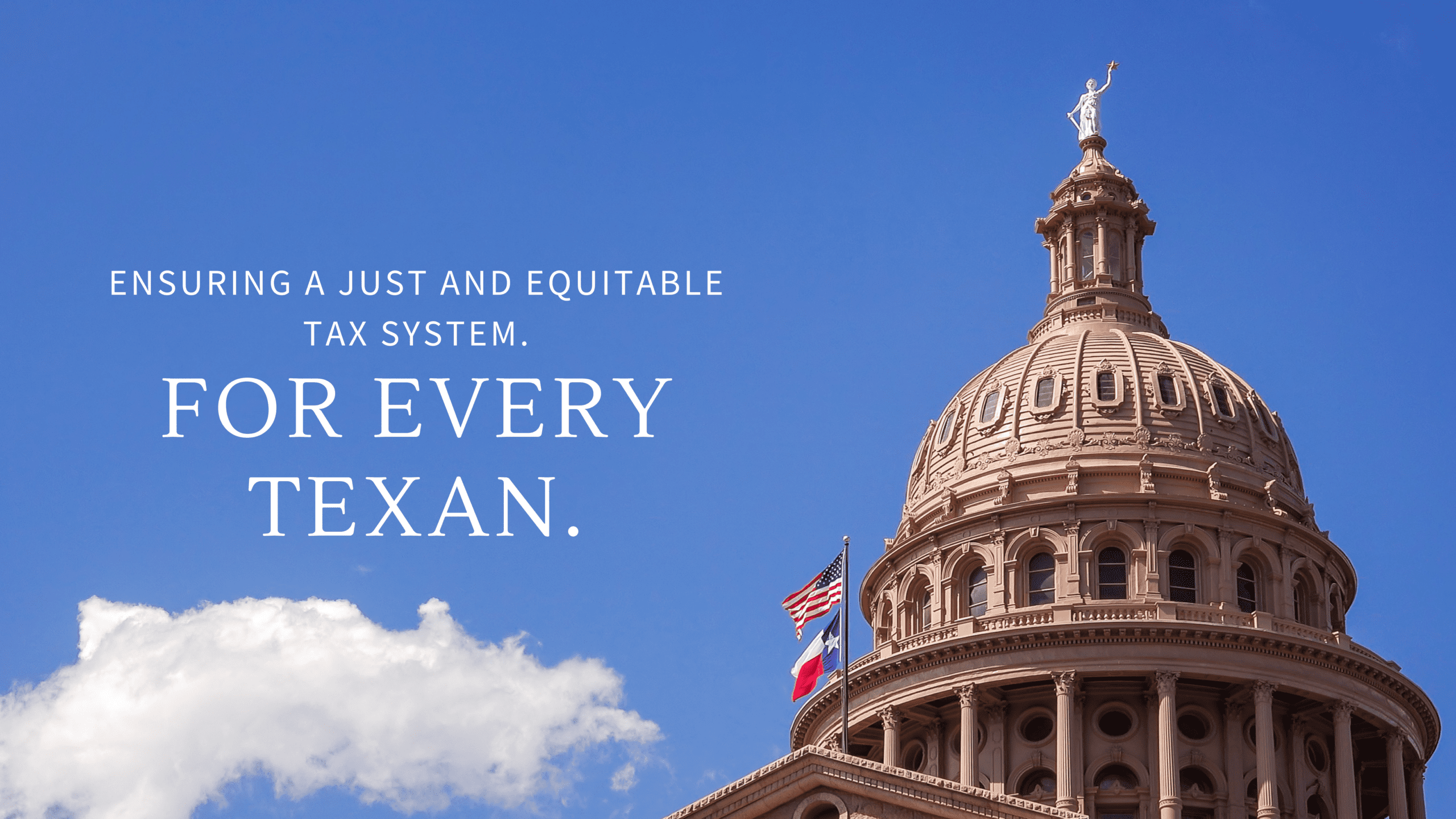Senate Bill 1 would use up to $4 billion of state revenue in fiscal year 2023 to replace school property taxes for the 2022-23 school year. Under the school finance system created by HB 3 in 2019, school districts have to lower their M&O tax rate (“maintenance and operations” to pay for annual costs such as payroll and utilities) by the amount of new state spending. Schools would see no net increase in total state/local revenue.
SB 1 is described as a one-year, temporary reduction that could be paid for because unspent state revenue remains available after subtracting the costs of the four appropriations bills passed in the 2021 sessions. Specifically, the Comptroller estimates that the state will have a $6 billion General Revenue balance at the end of fiscal 2023. However, appropriations bills typically do not pay for all expenses that state agencies will incur in the coming two years: supplemental bills are almost always needed to finish paying for prison health care, for instance; for Medicaid medical cost growth or caseload growth that does not get included in the general appropriations act; or for wildfires, floods, hurricanes and other natural disasters.
Proponents of SB 1 claim they are “giving taxpayers back their money.” But they ignore the reality that state taxes consist primarily of sales taxes – 61% of all state general revenue (GR) taxes in fiscal 2021; from the motor-vehicle sales tax – 10% of GR taxes; and smaller taxes such as oil or natural gas severance, franchise, insurance, and motor fuels taxes. In contrast, the reduction in school taxes would benefit only local property taxpayers.
The sales tax and other state taxes are sharply regressive, taking a larger proportion of the income of low- and middle-income Texans than of higher-income Texans. The school property tax is relatively less regressive, spreading the responsibility somewhat more equally among households at all income levels.
The Comptroller’s Tax Expenditure & Tax Incidence report estimates how much households at different income levels pay in major state taxes, plus the school property tax. The report takes into account that taxes initially paid by businesses are passed on to individuals in higher prices, lower wages, or lower profits. Using these estimates, Every Texan can determine that only the 20 percent of Texas households with the highest incomes would benefit from SB 1, because on average they pay (directly or indirectly) a lower proportion of their income in sales and other state taxes than they would gain from SB 1’s forced reduction in property taxes. The remaining 80 percent of Texas households would be net losers if the state taxes they had paid, but as of now left unspent by the Legislature, were used to replace school property taxes.
Bottom line: if SB 1 were to use $4 billion from unallocated state revenue to force schools to cut school property taxes, the average household with an annual income of $156,700 or more would have a net gain of $116. But the 60 percent of Texas households with annual incomes between $31,950 and $156,700 would lose an average of almost $35.
Claims that the owner of the average home would gain over $400 look only at one side of the equation, the reduction in property taxes for homeowners, ignoring the amount that they, and all other Texans, have paid in sales taxes and other state taxes. In addition, businesses initially pay more than half of school property taxes, so they would initially receive more than half of the benefit of a lower tax rate.
